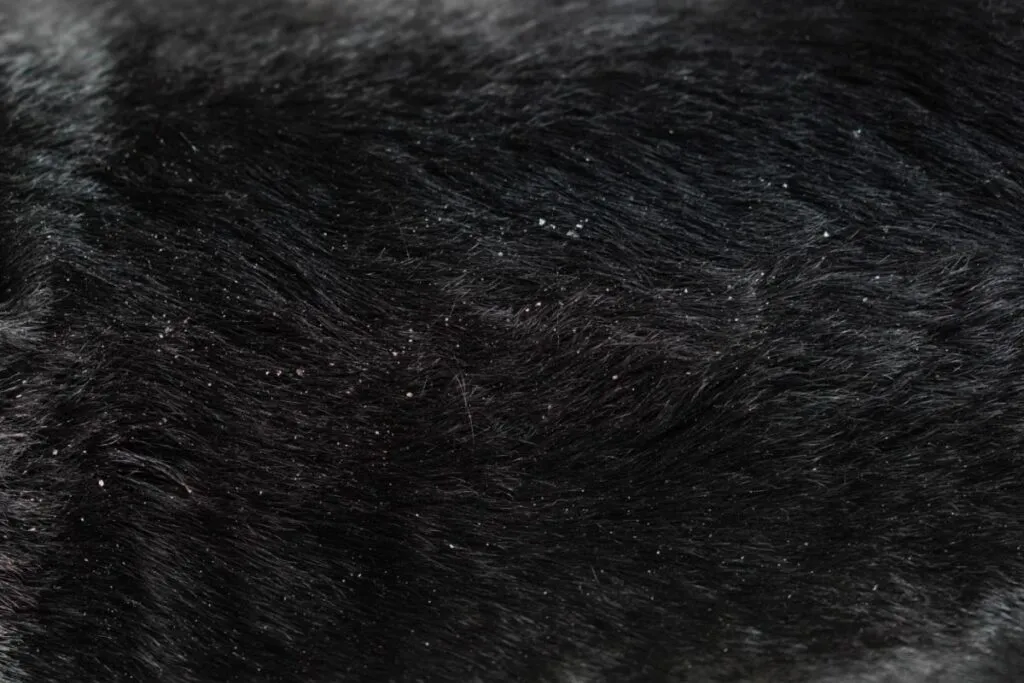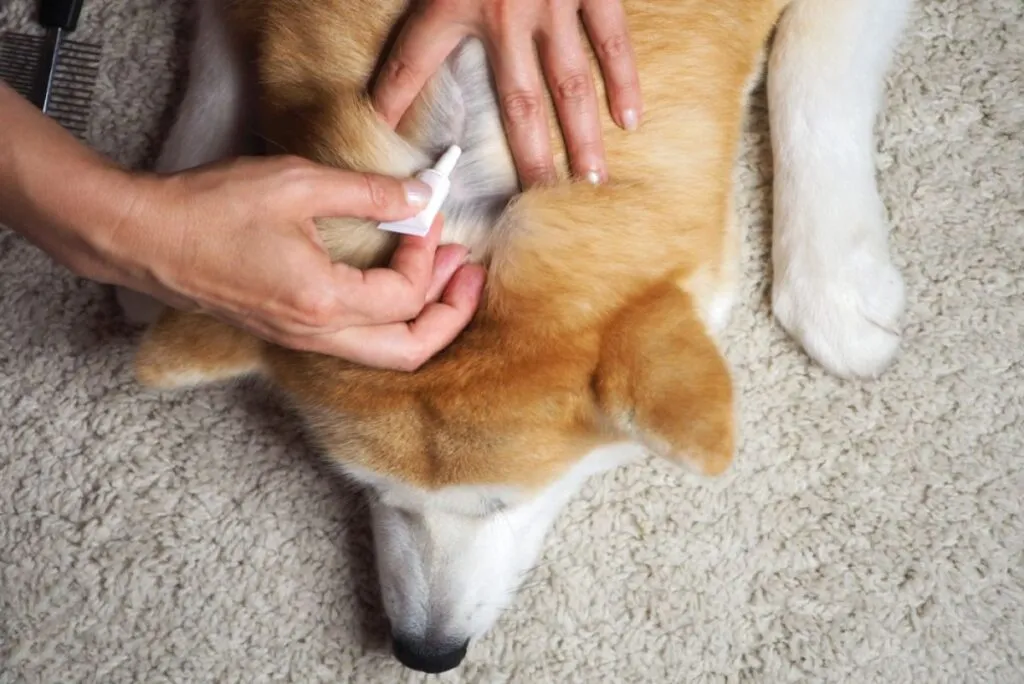Specific antiparasitic (mite) treatments are effective against predatory mites. Depending on the size of the dog and severity of infestation, sprays, shampoos or spot-on treatments may be usable.
After treatment with the appropriate agent, your vet will re-examine your dog to check the success of the therapy. Treatment continues if mites are still present.
Treating Other Pets
If you have other pets that have been in contact with your dog, they should also be examined and treated if necessary.
Caution: Particular care is needed with rabbits, which can’t tolerate Fipronil.
Hygiene Measures to Combat Predatory Mites
It’s advantageous to treat your home with suitable antiparasitic products as part of your dog’s therapy. Additionally, washing bedding and cushions at temperatures above 60 degrees Celsius, or freezing them for a time, is recommended. Seek advice from your vet regarding this.


